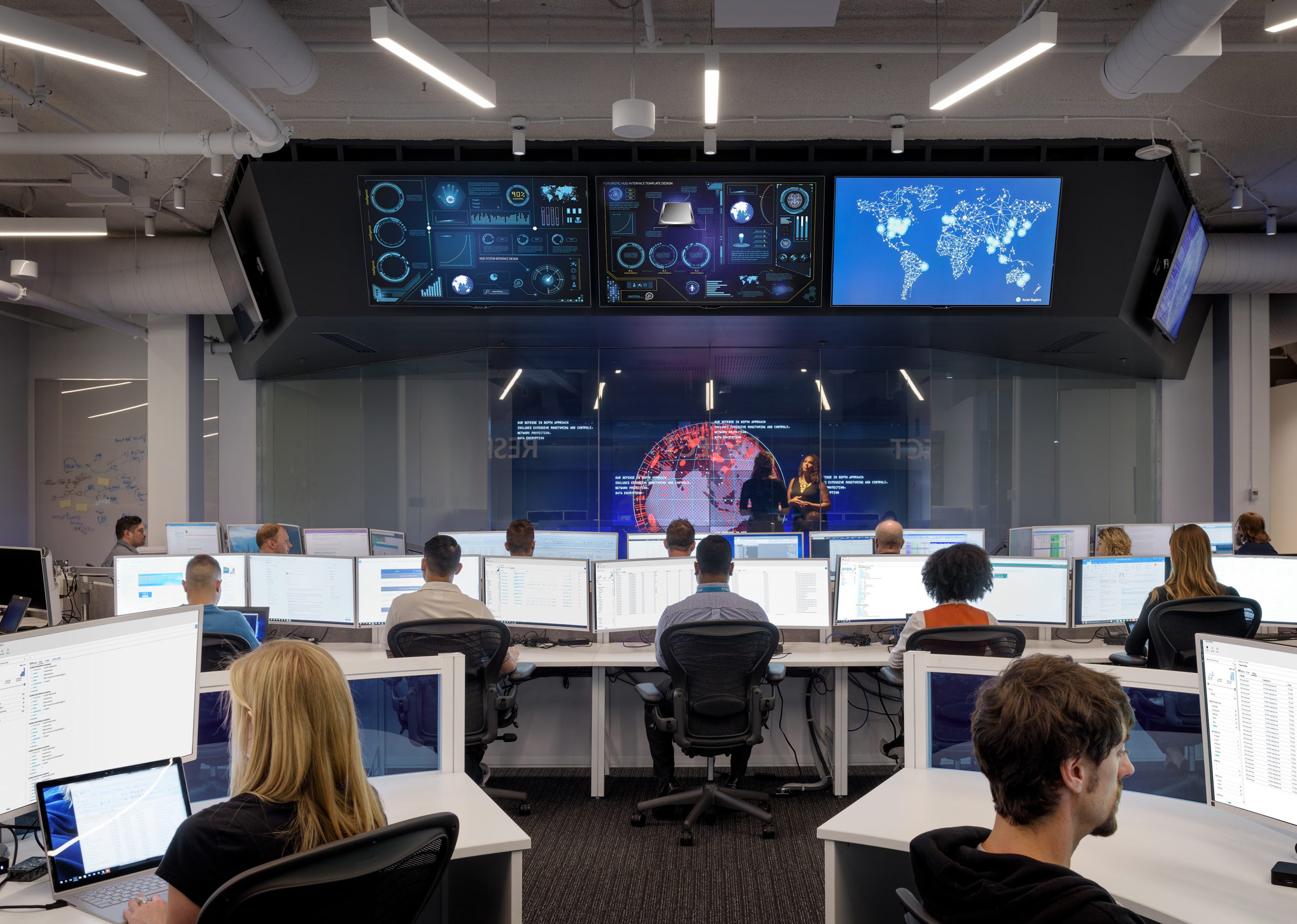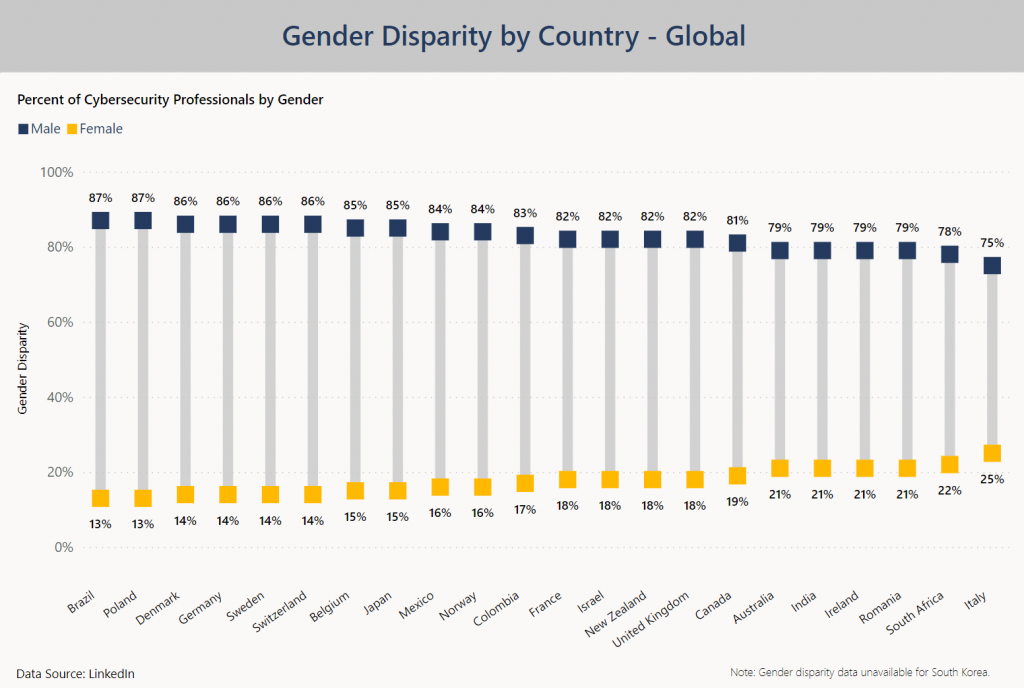By The Open Group
Every company has to be agile to deal with a variety of pressures and changes both inside and outside the company. Enterprise Architecture provides the framework and overall picture of an organization that organizations require. The TOGAF® standard, for example, is a standard developed by The Open Group. Both Lean and Enterprise Architecture may help organizations become more agile, but they do it from distinct, complementary perspectives. Many firms are leveraging the strengths of both methodologies by combining EA and Lean knowledge, tactics, and people.
We’ve been watching the progress of agile and, in particular, what it implies in the context of Enterprise Architecture, at The Open Group. We’ve put together a series of seminars that look at how Lean and EA techniques may be utilized to complement one another and benefit a company as a whole,
1. Agile Enterprise Architecture: Opposites Attract!
In software development, agile methodologies have become the standard. However, genuine business agility demands more than a wide array of agile teams. Also, if you solely concentrate on the agility of your development processes, you may miss the forest for the trees: why do you want to be agile as a company and what does it entail?
In smaller companies, a few agile/DevOps teams may coordinate change between themselves, and management lines are short enough that strategic direction can be communicated directly to teams. However, in bigger businesses, there may be hundreds of agile teams, each working on a different area of the huge “enterprise machine,” necessitating additional collaboration. Even if agile teams create agile silos that ignore their surroundings, the outcome will not be adaptable or flexible. However, future transformation may become much more difficult, emphasizing the need for good architecture.
And a business is more than just software. This is where Enterprise Architecture’s “big picture” perspective comes in useful, as it includes more stakeholders than just software users, such as desired (and unwanted!) business outcomes, capabilities to be developed or improved, resources needed, business processes, IT and physical infrastructure to be realized, and more.
This webinar will cover how true business agility necessitates agility in both methods and products, as well as several use-cases for combining Enterprise Architecture, agile, and DevOps, and how an agile approach like the Scaled Agile Framework® can be fruitfully combined with an Enterprise Architecture framework like the TOGAF® standard.
2. Becoming more Agile with Lean and Enterprise Architecture
While Lean and EA have different scopes and approaches, they may complement each other quite well. All have the same aim in mind: to improve the performance of the company.
This should come as no surprise, given that many companies run concurrent Lean and EA projects. It’s only natural to search for synergy when you have a common purpose. We concluded that many EA projects should be leaner and that leaner initiatives can have a greater impact when driven by EA. In this webinar, we’ll look at how Lean and EA may work together to achieve great results.
3. Agile Scale: Architecture in the Age of Complex
Without a question, the agile movement is having a significant impact on software development processes, as well as IT department organizations and beyond. Antoine Lonjon describes how the EA discipline is being seriously challenged by this agile manifesto, and how it exhibits a shift in focus from the conventional command and control organization of work to the organization of purposes in this webinar offered by The Open Group.
This webinar explores the paradigm change from conventional Enterprise Architecture to Agile-Lean Enterprise Architecture, as well as the transition from traditional Enterprise Architecture to the Digital Enterprise Architecture eco-system.
4. Architecture in Agile Environments – Challenges and Solutions to Maximize Value
While agile development has become the de facto standard for software development, genuine business agility necessitates more than scrum teams producing functional solutions. However, if you merely concentrate on the small-scale agility offered by agile software development, you may miss the forest for the trees: why do you want to be agile as an organization, and what does it entail?
An organization is more than a collection of small-scale projects. The puzzle pieces that these teams are working on must somehow come together. And, preferably, there is a future vision that is in line with the company’s strategy, as well as a set of objectives that the business aspires to. Enterprise Architecture enters the picture at this point.
Both systems have advantages and disadvantages. Only having a horde of scrum teams without some integrative, overarching approach may lead to a disconnected landscape consisting of agile silos. EA without agile may lead to slow and bureaucratic organizations that do not respond quickly enough to changes and trends, and only having a horde of scrum teams without some integrative, overarching approach may lead to a disconnected landscape consisting of agile silos. However, by combining the characteristics of both models, we may create organizations that operate as a cohesive unit without the need for a central, command-and-control management system that stifles local development and innovation.
5. IT4IT™ Applied: Case Studies for Agile IT4IT (Part One)
We live in a society where everyone appears to desire everything now more than before. While this is difficult, it is also driving new habits and delivery methods. Who would have guessed that when The Open Group’s IT4IT Reference Architecture was released in October 2015, there would already be a desire for rapid implementation methods and a shorter time to value?
Fortunately, HPE Software Services has already developed a strategy called Agile IT4IT, which they have utilized with some clients across the world.
This Session:
- Explains how an agile methodology may be utilized to increase value realization in the context of the IT4T Reference Architecture.
- This article provides some actual insight into the benefits and problems that this technique has proven, particularly challenges linked to:
- The term “agile” refers to a notion.
- Concerns about people and culture
- When it comes to topics like operating models, there is a general lack of maturity in IT.
- The various issues that exist in different regions of the world, as well as the willingness to use a single reference design to manage the IT company
- Provides practical recommendations to the audience on how to decide if they are ready to adopt the IT4IT standard in such a targeted, value-based manner.
6. IT4IT™ Applied: Case Studies for Agile IT4IT (Part Two)
We live in a society where everyone appears to desire everything now more than before. While this is difficult, it is also driving new habits and delivery methods. Joshua presented a strategy he adopted with a few customers in “Case Studies for Agile IT4ITTM Part One” (Ref. D175), which is geared at providing durable outcomes with the IT4IT Reference Architecture quickly.
The adoption of both the method and the deliverables is a requirement for this approach. One of the most important components is getting stakeholders to accept change and adapt to outcomes.
As part of Agile IT4IT, this presentation provides some genuine insight into the benefits and pitfalls of a Management of Organizational Change (MOC) strategy, including:
- Within Agile IT4IT, MOC is a concept.
- The cultural, people, and adoption difficulties, as well as how to spot and address them
- Provide practical advice to the audience on how to use MOC for Agile IT4IT.
Here at CourseMonster, we know how hard it may be to find the right time and funds for training. We provide effective training programs that enable you to select the training option that best meets the demands of your company.
For more information, please get in touch with one of our course advisers today or contact us at training@coursemonster.com







